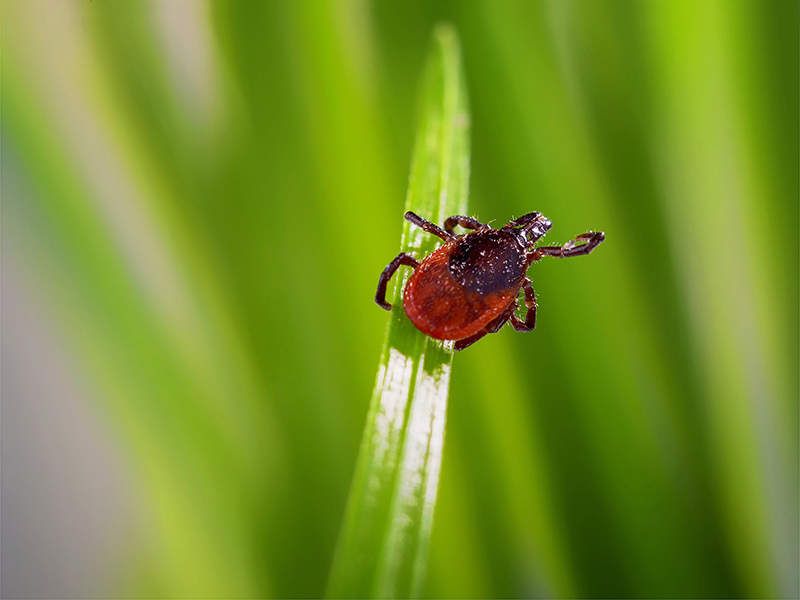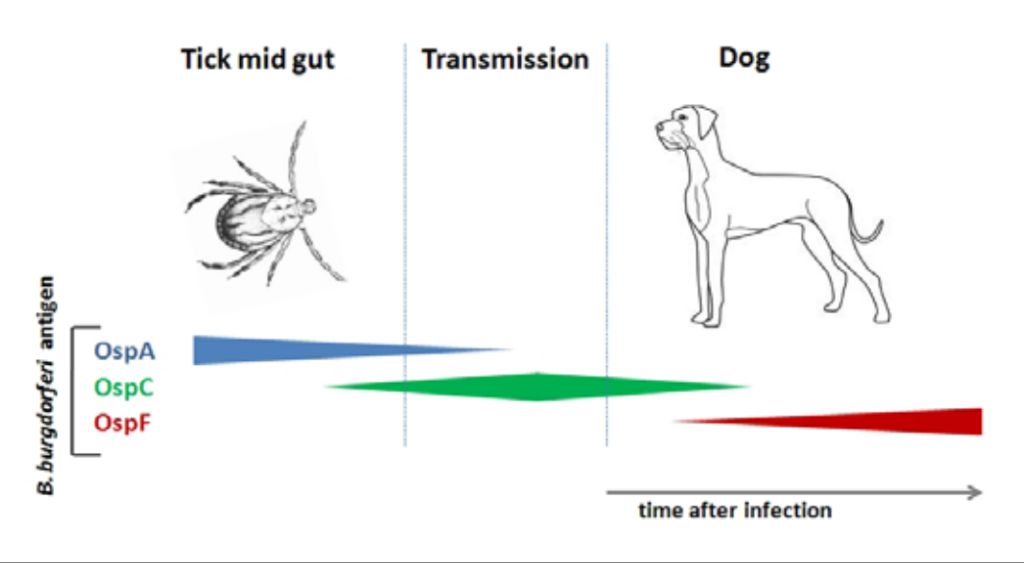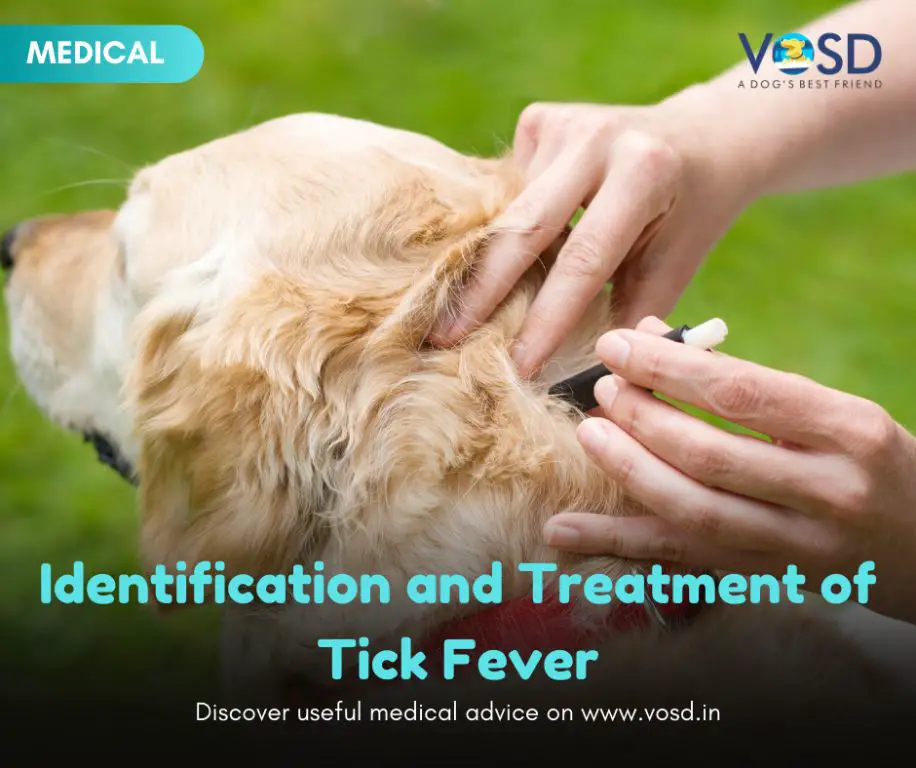Introduction
Ticks are small parasitic organisms that feed on the blood of animals and humans. There are over 800 tick species found throughout the world, but two of the most well-known ticks in North America are the dog tick (Dermacentor variabilis) and deer tick (Ixodes scapularis). Understanding the differences between dog ticks and deer ticks is important because these species can transmit different diseases to humans and pets.
Ticks are concerning because they are vectors for many serious illnesses. Dog ticks can spread Rocky Mountain spotted fever and tularemia, while deer ticks can spread Lyme disease, anaplasmosis, ehrlichiosis, and babesiosis. Being able to identify ticks and take precautions can help prevent transmission of these diseases. This guide will compare dog ticks vs. deer ticks in terms of physical traits, habitats, life cycles, and illnesses they may cause.
Appearance
There are distinct physical differences between dog ticks and deer ticks that can help identify them. Dog ticks, also known as the wood tick, are notable for their larger size and brown color. Adults can grow up to 1/3 inch long and are reddish-brown in color. Nymphs and larvae are very small, about 1/16 inch long. Deer ticks, also called blacklegged ticks, are much smaller than dog ticks, with adults about 1/8 inch long. Deer ticks are dark brown or black in color. Nymphs are only about 1/32 inch long. The key difference is size – dog ticks are significantly larger. Dog ticks also have a plain brown color, while deer ticks are dark blackish-brown.
Dog ticks have a short broad head, while deer ticks have a smaller head in proportion to their body. Deer ticks have black legs and a black shield shape on their back. Dog ticks have brown colored legs. The markings and coloration are much more pronounced on deer ticks compared to the plain brown dog tick.
The body shape also differs slightly. Dog ticks have a more rounded, plump shape, while deer ticks have a flatter oval shape to their body. When fully engorged after feeding, a dog tick takes on a grayish-blue color, while a deer tick remains dark in color.
Being able to distinguish between the two species based on physical characteristics can help with identifying the type of tick that may have bitten you or your pet.
Geographic Range
Dog ticks and deer ticks are found in different regions of the United States and beyond. Dog ticks have a more widespread range, being found throughout North America and even into Central and South America. They are most abundant in the southeastern states. Deer ticks have a more limited range, concentrated heavily in the northeastern and upper midwestern states, as well as some pacific coastal areas. The highest populations of deer ticks are found in New England and the mid-Atlantic regions.
There are a few key reasons for the differing geographic patterns. Dog ticks thrive in warmer climates, while deer ticks prefer cooler and more humid environments. The populations of host species that each tick feeds on also influence their range. Deer ticks rely primarily on deer as hosts, which are densest in the forests and woodlands of northeastern states. Dog ticks have a wider variety of host species including dogs, humans, rodents, and birds which allows them to inhabit more varied environments.
The geographic range of each species provides clues about risk of exposure. Dog ticks pose the greatest threat in southern states, while deer ticks and the diseases they carry are most problematic in New England and surrounding areas. However, climate change may allow deer ticks to expand their range further north and west in the coming decades.
Life Cycle
Dog ticks and deer ticks have different life cycles and feeding habits. Dog ticks have a three-host life cycle – the larvae and nymphs feed on small mammals and birds, while adults feed on larger mammals like dogs. They prefer open, grassy habitats. The life cycle can take up to 2-3 years to complete.

Deer ticks have a two-host life cycle – larvae and nymphs feed on small mammals and birds, while adults feed on larger mammals like deer. They prefer wooded, brushy habitats. The life cycle can be completed in as little as 1 year. Deer ticks can feed on a host for several days, while dog ticks usually feed for less than 1 day. This increases the risk of disease transmission from deer ticks.
Diseases
Deer ticks and dog ticks can transmit several illnesses through their bites, but they differ in the main diseases they carry and transmit to humans and pets.
Deer ticks are known for spreading Lyme disease, babesiosis, anaplasmosis, and Powassan virus. Lyme disease is by far the most common, causing fever, headache, fatigue and a characteristic bull’s eye rash in many patients. If left untreated, Lyme disease can progress to cause arthritis, neurological issues and heart problems.
Dog ticks most notably carry Rocky Mountain spotted fever, a bacterial infection that causes high fever, headache, rash and muscle pain. Though not as common as the diseases spread by deer ticks, Rocky Mountain spotted fever can be severe or even fatal if not treated promptly with antibiotics.
While deer ticks harbor a wider range of pathogens, dog ticks also occasionally transmit tularemia, ehrlichiosis, and tick paralysis. Both tick species can spread other less common tick-borne diseases as well.
Prevention
Here are some tips to prevent tick bites from both dog ticks and deer ticks:
-
Avoid areas where ticks live like tall grass, brush, and leaf litter. Stick to the center of hiking trails when possible.
-
Use insect repellent containing DEET or picaridin on exposed skin and clothing.
-
Wear light colored long pants and long sleeves so you can easily spot ticks.
-
Tuck pants into socks and shirt into pants to keep ticks on the outside of clothing.
-
Check for ticks after being outside, especially in tick habitats. Carefully inspect the entire body.
-
Shower after coming inside to wash off unattached ticks.
-
Talk to your vet about tick prevention products for your pets.
-
Keep your yard well-maintained. Mow the lawn and clear brush regularly.

Focusing on prevention is the best way to avoid diseases spread by dog ticks and deer ticks. Be vigilant and proactive anytime you are in tick territory.
Tick Removal
Removing an attached tick properly is important to avoid leaving the tick’s mouth parts in your skin or squeezing the tick’s contents into your bloodstream. Here are the steps for safe tick removal:
Dog Tick Removal:
Use fine-tipped tweezers to grasp the tick as close to your skin’s surface as possible. Pull the tick straight out slowly and steadily without twisting. Avoid crushing the tick’s body. Clean the bite area with soap and water or an antiseptic.
Deer Tick Removal:
Use fine-tipped tweezers, grasp the tick as close to the skin as possible, and pull straight up slowly and steadily. Do not twist or jerk. Avoid crushing the body. After removal, clean the bite area and your hands with rubbing alcohol or soap and water. Disinfect the tweezers.
Never use petroleum jelly, hot matches, or nail polish to remove ticks. Call your doctor if parts of the tick remain in the skin or if a rash develops.
Diagnosis
Diagnosing tick-borne diseases can be challenging due to their wide range of possible symptoms that often mimic other conditions. If a tick-borne disease is suspected, the doctor will start with a detailed medical history, asking about symptoms, possible tick exposures, and travel history. The key diagnostic tests are:
- Blood tests – These can check for antibodies produced by the immune system when exposed to pathogens like Lyme disease bacteria. The antibodies show up weeks or months after an infection. Multiple blood tests done over time may be needed.
- PCR tests – Polymerase chain reaction tests detect the DNA of infectious bacteria like Anaplasma and Rickettsia. PCR tests can provide quicker results than antibody tests but are not always available.
- Spinal fluid tests – Doing a lumbar puncture to obtain cerebrospinal fluid allows testing for pathogens when the nervous system is affected.
- Skin biopsy – A skin biopsy and culture can sometimes reveal Borrelia burgdorferi bacteria if Lyme rash is present.

These various tests can help confirm or rule out tick-borne diseases, but false negatives are common early on. Multiple types of testing over a period of weeks may be needed for an accurate diagnosis.
Treatment
Treatment options depend on the illness contracted from the tick bite. Here are some common medications used:
Lyme Disease
Lyme disease is treated with antibiotics like doxycycline, amoxicillin, or cefuroxime for 2-4 weeks. In later stages, IV antibiotics may be used for up to 28 days.
Rocky Mountain Spotted Fever
Rocky Mountain spotted fever is treated with antibiotics like doxycycline or chloramphenicol. Treatment is continued for a few days after fever subsides.
Ehrlichiosis
Ehrlichiosis is treated with doxycycline for at least 7-10 days. In severe cases, IV antibiotics in the hospital may be required.
Tularemia

Tularemia is treated with gentamicin or streptomycin for 7-14 days. Other antibiotics like ciprofloxacin may also be used.
Tick-Borne Relapsing Fever
Tick-borne relapsing fever is treated with antibiotics like doxycycline, penicillin, or erythromycin for 7-10 days. Symptoms may recur after treatment.
Babesiosis
Babesiosis is treated with atovaquone and azithromycin, or clindamycin and quinine for 7-10 days. Severe cases may require blood transfusions.
Conclusion
The key differences between the dog tick and the deer tick center around their appearance, geographic range, and diseases they may transmit to humans and pets. Dog ticks have a larger body and are usually found in warmer climates, while deer ticks are much smaller and prefer cooler, humid environments. While both can transmit diseases, deer ticks are known for spreading Lyme disease, anaplasmosis, babesiosis, and Powassan virus. Being able to identify and remove ticks properly, along with taking preventative measures, are crucial for reducing disease transmission risk.
Awareness and vigilance are critical when dealing with ticks. Performing frequent tick checks after being outdoors, wearing repellent, and keeping lawns cut short can help reduce exposure. If an embedded tick is found, use tweezers to grasp near the head and pull straight out gently to remove the entire tick. Monitoring the bite area and watching for symptoms is also important. Consult a doctor if any signs of illness appear after a tick bite. While tick-borne diseases can be serious if left untreated, prevention, early recognition, and prompt treatment can greatly improve outcomes.